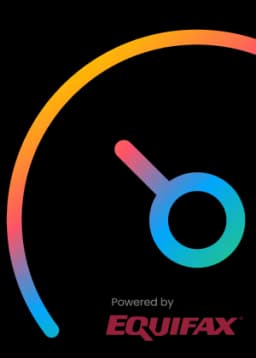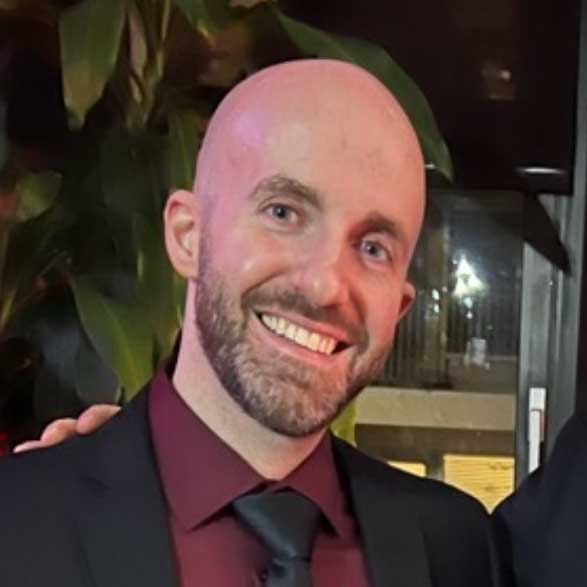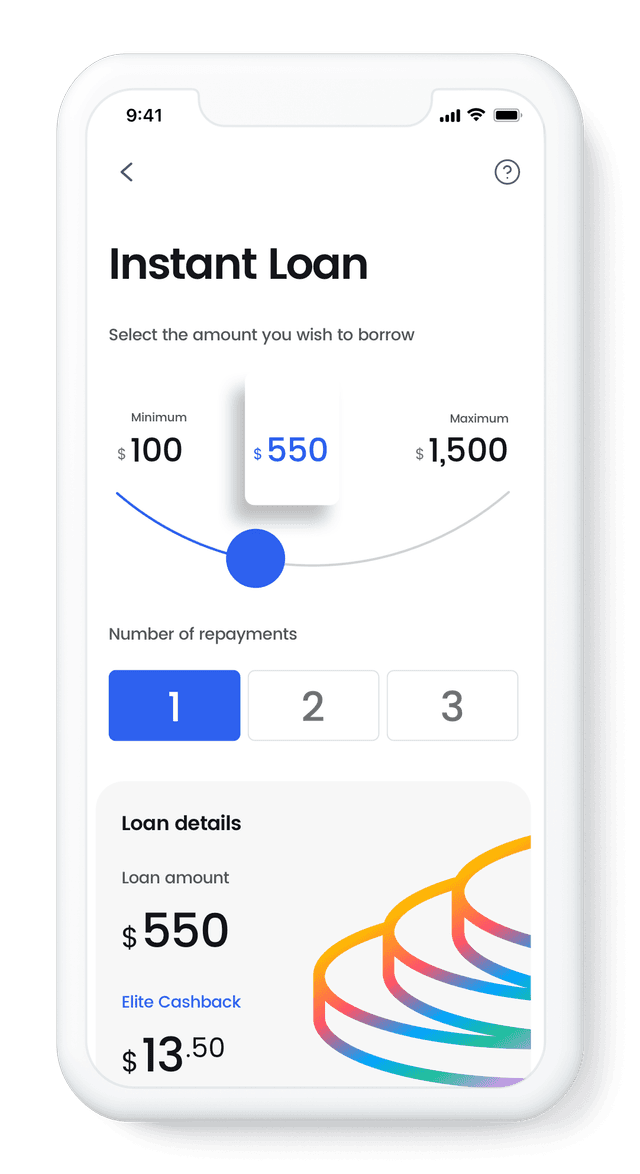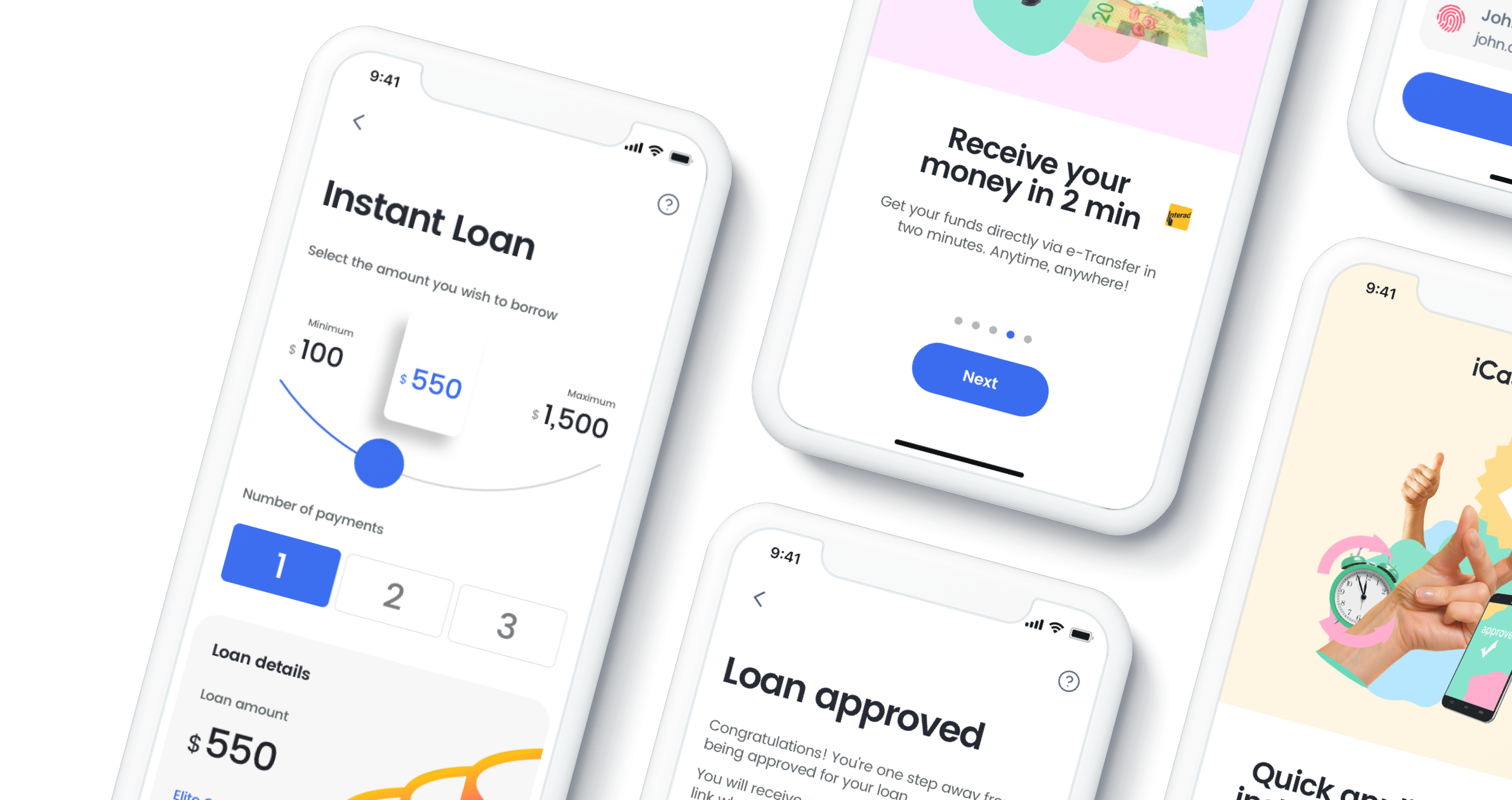If an unplanned expense popped up tomorrow and you needed to spend an extra few thousand dollars, or even a couple of hundred, to cover it, would you be able to cover this financial surprise? If you’re like most Canadians, the answer is likely no.
According to data from Refresh Financial, more than half of Canadians live this way, and almost 49% have no emergency savings at all. Without an emergency fund, an unexpected expense can throw your finances into turmoil.
The good news is that it’s never too late to start.
In this guide, we’ll explain how to start and grow an emergency fund even on a tight budget.
We’re going to cover why an emergency fund is so important, how much money to aim for, and can’t-miss steps to build your emergency savings for long-term financial peace of mind.
Why You Need an Emergency Fund for Unexpected Expenses
An emergency fund is money set aside specifically to cover unexpected expenses or financial emergencies. Think of it as a safety net for life’s not-so-fun financial surprise, large or small. Maybe your car blew a tire, your roof sprung a leak, or you got a surprise veterinary bill.
These costs are all examples of unexpected expenses that aren’t a monthly occurrence, and they tend to come without much warning.
Without savings set aside to cover them, even a minor financial shock could set you back and lead to debt.
Benefits of Having an Emergency Fund
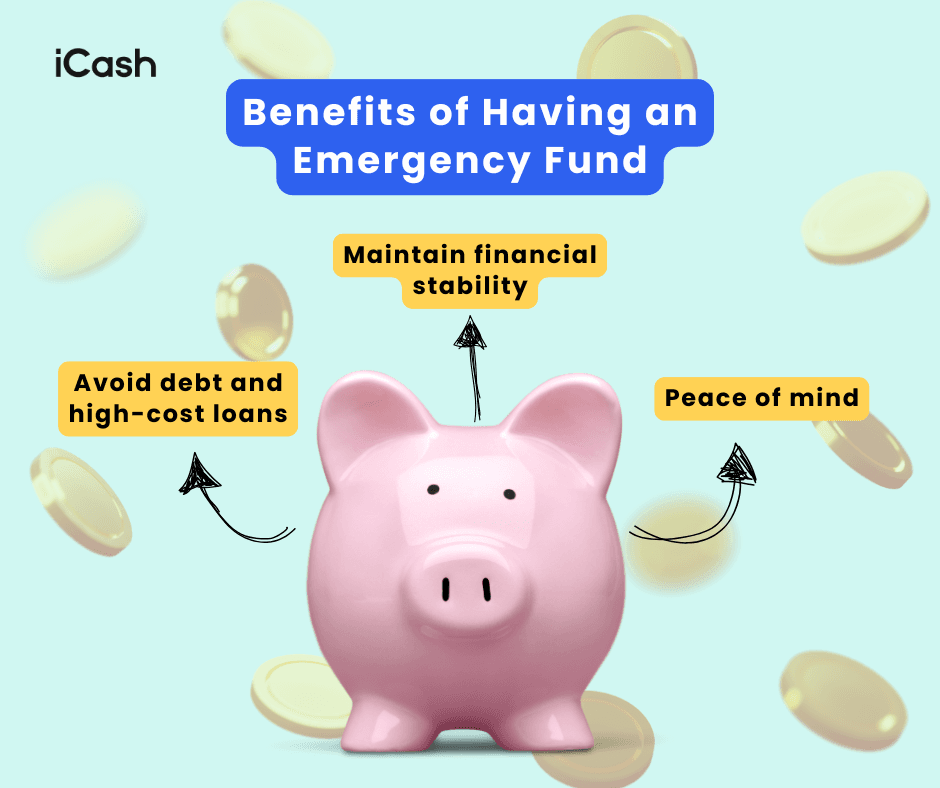
Avoid debt and high-cost loans: Without savings on hand, most Canadians end up going into credit card debt or being stuck with high-cost loans they can’t pay back.
Maintain financial stability: With an emergency fund, you’ve got a financial cushion to count on when you need it. This cushion prevents you from falling behind on bills or dipping into retirement savings to stay afloat.
Peace of mind: Just knowing you have a “backup” fund can reduce money stress. This peace of mind is priceless for your overall well-being.
Now, let’s turn our attention to how to start building this safety net from the ground up.
How to Start an Emergency Fund
If you’re starting an emergency fund from scratch, begin with small, manageable steps.
Here’s how to get your emergency fund up and running:
Open a Separate High-Interest Savings Account
The first step is to open a dedicated savings account for your emergency fund. Keeping this money separate from your everyday chequing (checking) account is paramount. If your emergency cash sits in your regular account, it’s a lot more tempting to spend it.
What we like about this is that it creates a clear boundary: this money is for emergencies only.
A high-interest savings account is a common choice because it allows your money to earn interest while it sits there. Many banks and credit unions offer high-interest savings accounts with no monthly fees and no penalties for withdrawals.
Before you settle on one account, make sure it:
Is separate from your daily banking account (to avoid accidental spending)
Charges low or no fees for basic services
Let's you withdraw money quickly when needed without penalties
Pays a competitive interest rate to help your fund grow
The sooner you set up this account, the sooner you can start saving.
Start with Small, Consistent Contributions
When you set out to learn how to start and grow an emergency fund, one of the most meaningful lessons we want you to take away is this: the most important thing is to start now with an amount you can realistically save each week or month. Even if it’s very small, it matters.
Do a detailed review of your budget, and use this data to determine a modest amount you can set aside regularly. It could be $50 a week, $20, $10, or even just $5, whatever is feasible without harming your ability to pay for essentials.
Don’t have a budget yet? We tell you how to create one in five easy steps in this article.
Small contributions, made regularly, snowball into substantial savings over time.
If you’re living paycheque to paycheque, you might wonder how you can spare anything at all. One strategy is to treat your savings like a non-negotiable expense; essentially, pay yourself first.
For example, as soon as you get paid, try to set aside your chosen amount for your emergency fund before spending on other things. Many people find that if they never “see” that $20 in their spending account, they don’t miss it.
Automate Your Savings and Treat It Like a Bill
Automating the process is a game-changer for many people. Most banks allow you to set up an automatic transfer from your main account (for example, your chequing account where your paycheque is deposited) to your emergency savings account.
You can schedule this transfer for each payday or once a month. Automating your contributions makes saving effortless and removes the temptation to skip a month.
Aim for Three to Six Months of Living Expenses
We can probably guess your next question: How much money should be in your emergency fund? A handy rule of thumb is to save enough to cover three to six months’ worth of living expenses, which is a different amount for everyone.
That said, don’t be intimidated by the three-to-six-month rule; it’s a long-term goal, not something you must achieve right away. When you’re just starting out, even $500 or $1,000 in emergency savings is a great milestone.
In fact, having $500 in the bank would already put you ahead of about one-quarter of Canadians, who say they wouldn’t be able to cover a $500 surprise expense today.
How to Grow Your Emergency Fund
After you’ve gotten started, the next challenge is to grow your emergency fund to your desired level.
Here are strategies to help you accelerate the growth of your emergency savings while keeping your finances balanced:
Cut Expenses to Boost Your Emergency Savings
One of the most effective ways to find extra money for your emergency fund is by reducing non-essential expenses and redirecting those dollars into savings. Take a close look at your monthly spending and identify a few areas where you can trim costs.
These could be small daily expenses or larger optional bills that you can live without, at least temporarily. Every dollar you free up can go straight into your emergency fund, helping it grow faster without requiring additional income.
Use Windfalls (Tax Refunds, Bonuses) to Grow Your Fund
When you come into extra money unexpectedly, take advantage of it to give your emergency fund a boost. A windfall can be anything from a tax refund to a work bonus, a cash gift, or even a garage sale where you made some extra cash.
Since this money wasn’t part of your regular budget, it’s a perfect candidate to put straight into your emergency savings without affecting your day-to-day finances.
Of course, it’s okay to enjoy some of your windfall (for instance, you might treat yourself to 10% of a bonus). But try to direct the majority of any extra money toward your financial safety net. You’ll thank yourself later when that fund is there for you in a true emergency.
Monitor and Adjust Your Savings Over Time
Building an emergency fund is not a one-time task; it’s an ongoing effort that you should monitor and adjust as needed. Make a habit of checking in on your emergency fund progress, perhaps monthly or quarterly.
Celebrate the milestones you reach (like hitting that first $1,000, or reaching the halfway point of your goal). This will keep you motivated to continue the habit of saving.
As time goes on, look for opportunities to increase your contributions. For instance, if you pay off a debt or get a raise at work, redirect some of that freed-up money into your emergency fund. Every time your income increases or an expense decreases, consider bumping up your savings rate.
Finally, remember that an emergency fund is there to be used when truly needed. If you do face an emergency and have to withdraw a chunk of your fund, don’t be discouraged. That’s exactly what the fund is for: to protect you from financial ruin during a crisis.
After using it, make a plan to rebuild the fund by repeating these steps.
Wrapping Up: Prepare for Unexpected Expenses with a High-Interest Savings Account
Building an emergency fund is one of the best financial moves you can make for yourself. It might take time and discipline, but every contribution (no matter how small) brings you one step closer to financial security.
So, take the first step today: open that account, save what you can, and watch your emergency fund grow.
At iCash, we understand how unpredictable life can be. That’s why we provide resources and tools to help Canadians build better financial habits and manage unexpected expenses. Learn more.
How to Start and Grow an Emergency Fund: Frequently Asked Questions
How much emergency savings do I really need?
Three to six months of living expenses is a good rule of thumb and a great place to start. The right amount will be different for everyone, so you’ll need to review your current spending to figure out what that is for you.
Where should I keep my emergency savings?
Keep your emergency fund in a safe, easily accessible place, typically a bank or credit union savings account. As discussed, a high-interest savings account is ideal because it earns interest and has no withdrawal restrictions.
Avoid keeping your emergency money in investments that fluctuate (like stocks or mutual funds) or in accounts with penalties (like locked-in GICs), because you need the funds to be available on short notice without risk of loss.
What counts as an “unexpected expense” to use the fund for?
Use your emergency fund for urgent, necessary expenses that you couldn’t foresee.
Prime examples include:
Covering your bills during a sudden job loss
Paying for emergency home repairs (like fixing a furnace or leaky roof)
Necessary car repairs to keep your only vehicle running
Medical or dental emergencies not fully covered by insurance
Emergency travel to care for a sick family member or attend a funeral
Should I pay off debt first or save for an emergency?
Ideally, this isn’t an either/or situation. The best-case scenario is you have at least a small emergency fund while also working on debt. If you have high-interest debt (like credit card debt), prioritize paying it down, but not at the complete expense of savings.
Without any emergency cushion, an unexpected expense could force you to borrow even more and fall into a deeper hole.
One approach is to save a starter emergency fund (say $500 or $1,000) to cover minor emergencies, then put the majority of your focus on paying your debts. Once you get high-interest debts under control, resume building your emergency fund to the full three to six-month target.
Do you want to keep learning about personal finance?
Here are three more articles to read next:

